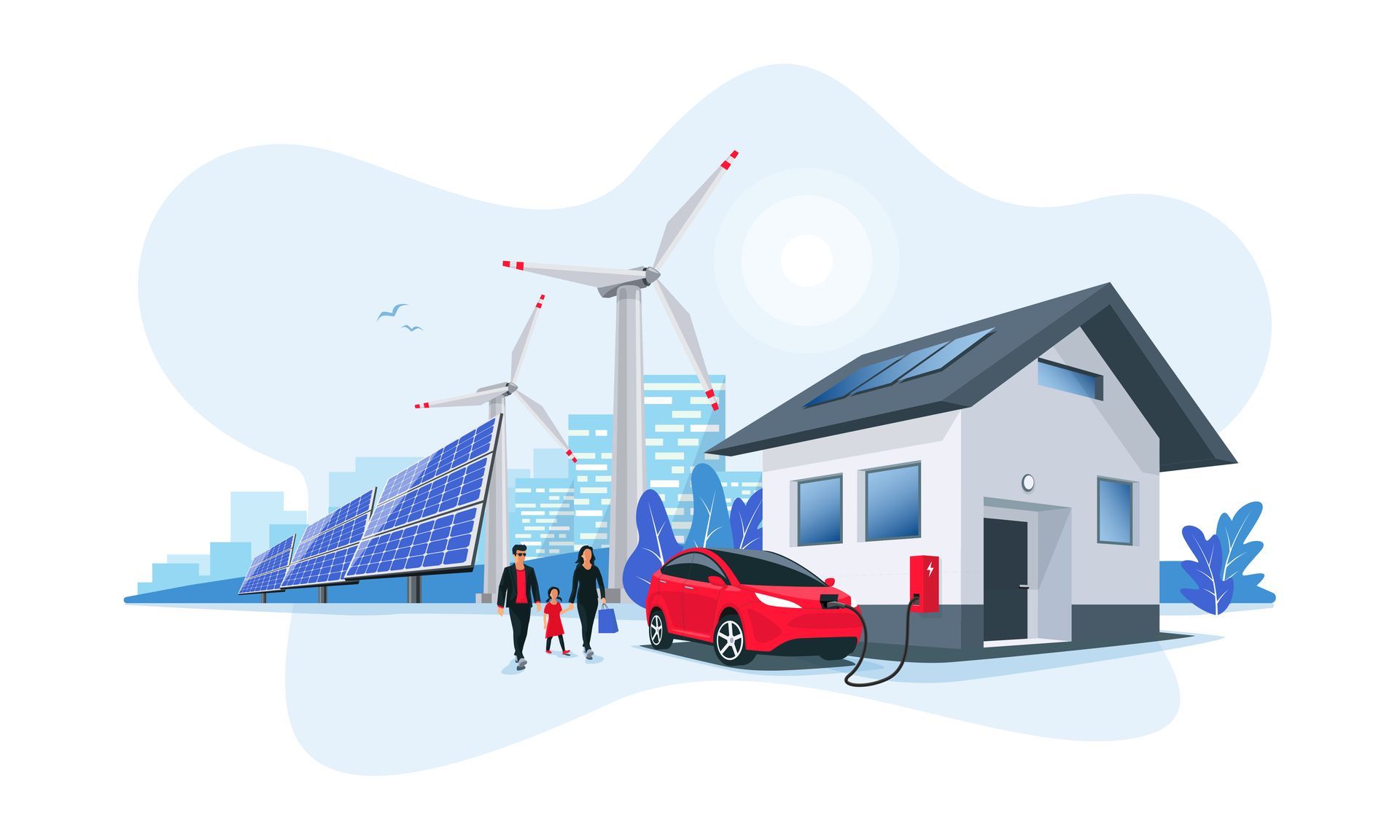US Records in Renewable Energy
Recent records in renewable energy production highlight the growing role of wind and solar in the U.S. energy grid. In Texas, wind and solar accounted for 76% of electricity on a single day, while New England achieved 45% from wind, solar, and hydropower. According to GridStatus.io, various regions, including the Midwest, New York, and the mid-Atlantic, also reported record renewable generation within the past month.
These achievements signal a shift toward green energy, although fossil fuels still dominate overall power production. Texas, for example, saw wind generate nearly double the electricity of coal last year. Even regions historically reliant on fossil fuels, like PJM Interconnection, are seeing increased solar production.
A combination of mild weather and recent renewable energy investments helped boost these figures. Between 2019 and 2023, 60 gigawatts (GW) of solar and 57% more wind capacity were installed. Eased supply chain constraints and federal tax incentives further accelerated growth, resulting in a record 32.7 GW of new battery, solar, and wind capacity added in 2023.
However, experts caution that current growth rates may not be enough to meet rising energy demands and reduce emissions substantially. To cut emissions by 32-51% by 2035, the U.S. would need to install between 32 and 95 GW of renewable energy annually. Additionally, new projects face challenges such as grid interconnection delays and transmission bottlenecks.
Despite these obstacles, the rapid installations in states like Texas and California illustrate that significant progress is achievable. Texas has added over 14 GW of solar since 2020, and California has boosted its battery capacity by 7.5 GW between 2021 and 2023. The ongoing transition underscores the urgency to keep pace with growing energy needs while reducing carbon emissions.










